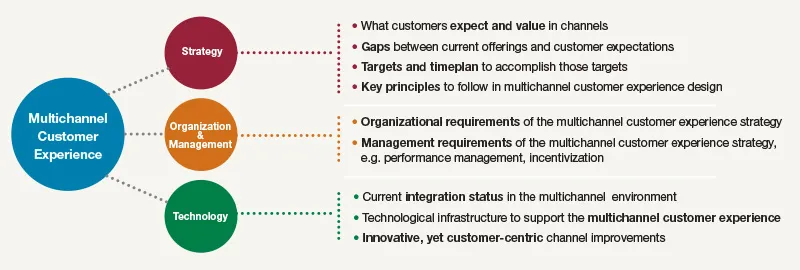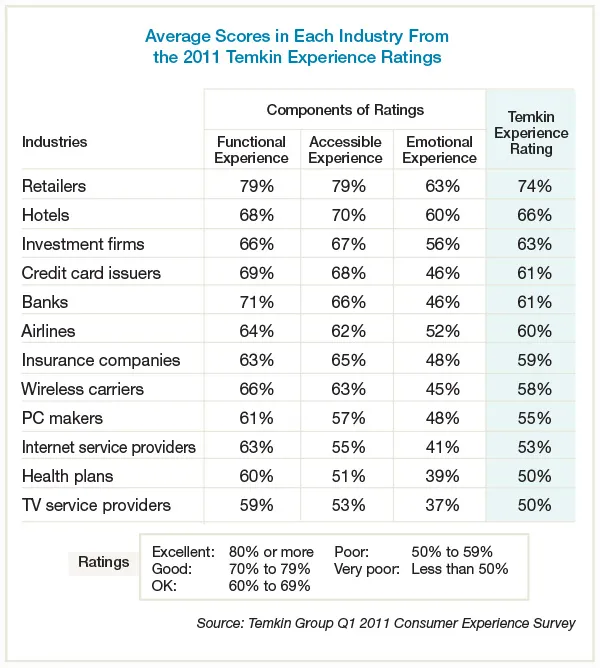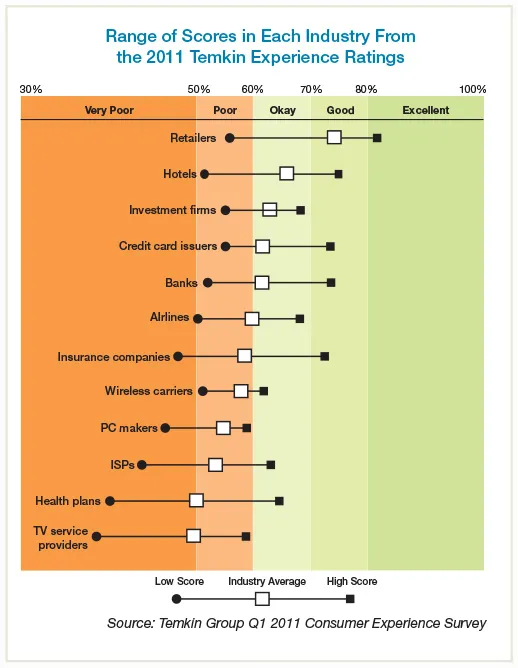Conquering the Multichannel Conundrum
It's become the norm that customers interact with companies through an assortment of channels. The more channels they use to connect with a given company, the higher their potential loyalty and spend. Conversely, the more frustrated they become when their experiences are inconsistent across channels when interacting with their preferred providers.
Unfortunately, few companies have equipped themselves to monitor, manage, or optimize their customers' multichannel experiences, thus increasing the chances of dissatisfaction, churn, and decreased customer value by failing to meet customer expectations.
Several factors contribute to this disconnect, including an increasing emphasis on growth and customer acquisition at the expense of customer retention; silos of customer information that exist between businesses and functions; and compensation models that are skewed to incent channel managers to deliver optimal customer experiences within only those channels for which they are directly responsible.
"It's critical for decision-makers to recognize that multichannel customers are typically high-value, profitable customers and that companies need to redesign organizational processes and incentive structures to deliver better experiences to them, and to their other customers," says Fernando Pierry, a partner at Peppers & Rogers Group.
A Three-Tiered Approach to the Multichannel Customer Experience Although multichannel customer experience strategies differ from one industry to the next, there are tenets that can be applied by companies in all industries. Peppers & Rogers Group suggests a three-pronged approach to multichannel customer experience: developing a comprehensive strategy that addresses customer expectations and gaps that have been identified; outlining the organizational and management requirements necessary to drive superior multichannel customer experiences; and planning the technology infrastructure and channel integration requirements needed for multichannel customer experience programs to thrive.

Tier 1: Creating a Customer-Centric Strategy When devising a multichannel customer experience strategy, it’s imperative for companies to first identify individual sales, marketing, and service strategies, as well as how they will fit with the broader multichannel strategy.

- How are the existing channels perceived by the customers?
- What are the specific needs and expectations of the customers from the channels?
- What is the value proposition of each channel for different customer segments?
- Which channels are high priority or low priority for further investment?
- What aspects of the existing channels must be improved? Which new channels must be added?
- What are the multichannel targets and the related timeplan?
Tier 2: What’s My Incentive? To provide a consistent experience across all channels, senior management should create a compensation structure that rewards employees for helping to improve customer experiences between all channels, says Weslyeh Mohriak, president of Peppers & Rogers Group in Latin America.

- How to create cohesion between all channels? What are the relationships and dependencies between channels?
- What are multichannel-specific roles identified to sustain the value propositions? Corresponding responsibilities?
- What are the customer-centric KPIs for different channels? Operational KPIs?
- How to incentivize the channels to encourage collaboration?
Tier 3: Developing a Single Customer View It’s impossible to improve the multichannel customer experience without a technology architecture that enables a business to integrate all of its customer touchpoints, as well as to share the data from those channels.

- How integrated are channels?
- Single customer view
- Seamless data flow
- Seamless process flow
- How accessible are different channels? How easy to use are they?
- What are the appealing innovations for the customer base? How to prioritize?
Industry Leaders and Laggards
Companies in industries that have traditionally been customer centric, such as retail and hospitality, have generally fared better than others when it comes to managing and optimizing customer experiences across multiple channels. That's largely because many companies in these industries have recognized the importance of providing customers with exceptional experiences across all of the channels they use. Providing customers with great multichannel experiences has a direct impact on their top and bottom lines.
Although banks interact with customers through multiple channels, including voice, ATMs, branches, mobile, and online, many financial services companies remain focused on meeting the needs of customers in individual channels. Financial services companies "do a decent job of maintaining product campaigns in individual channels, such as ATMs and online, and being able to track when a customer has bought or rejected a campaign in a particular channel," says Fernando Pierry, a partner at Peppers & Rogers Group. "But this doesn't translate into developing a competent multichannel customer experience." Banks and other companies need to use customer feedback mechanisms and customer interaction information that's gathered through various touchpoints to identify and act on the needs of customers in different channels.

How Does Your Company Stack Up?
The "2011 Temkin Experience Ratings," a recent study conducted by The Temkin Group, provides insight into industry leaders and laggards in terms of multichannel customer experience. The study is based on a survey of 6,000 consumers and their communications with companies via online, in-person, and phone-based interactions. Customers were asked how well their needs were met, to rate the ease of their interactions in each channel, and how they each felt about their overall experiences.


Building a Winning Strategy, Channel by Channel
Crafting great multichannel experiences for customers requires three primary elements, according to Weslyeh Mohriak, president of Peppers & Rogers Group in Latin America: people who are properly incented and motivated to meet customer needs across channels; processes that are suitably designed and integrated across channels; and technology that supports customer interactions across all touchpoints and helps to gather customer insights from each channel.
Applying analytics to information about customers' behavior, attitudes, and preferences can help decision-makers to take the appropriate actions for delivering the right customers the right experiences at the right time. "The key is to adapt the offering to meet customer requirements at every touchpoint," Mohriak says.















